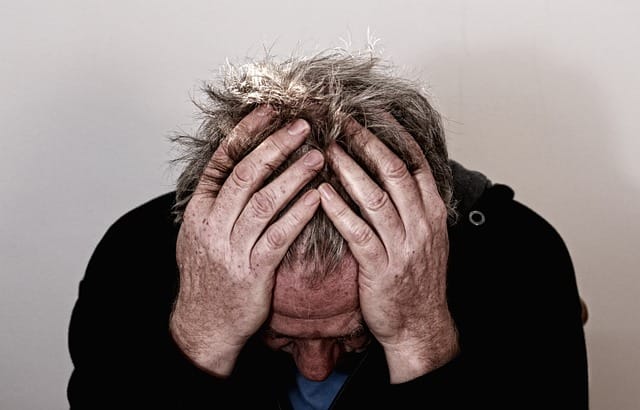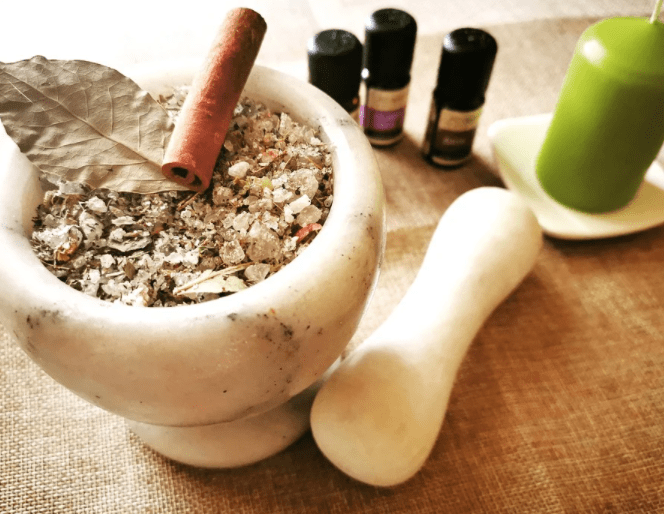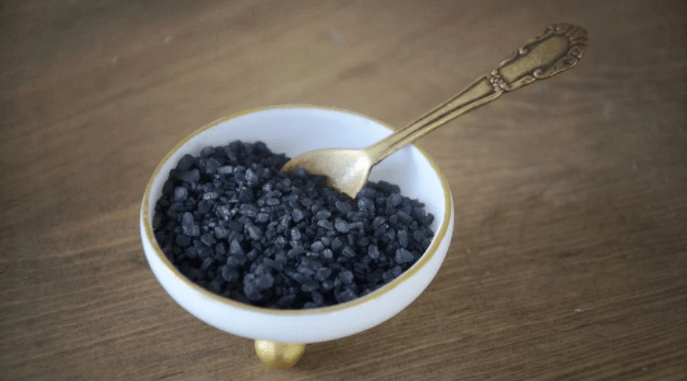Smoking has been a formidable foe for many, leading millions down a path of addiction that often feels impossible to escape. But as the world evolves, so do the tools available to help break free from tobacco’s grip. That’s why Gen Z and millennials are now switching to vaping. In fact, you can find a lot of vape vending machines around you. Just check out https://vapevendingmachine.com/. Vaping is a trendy alternative that, however, has sparked debate among health experts and former smokers alike. Can this modern device truly assist in quitting smoking? As more people turn to e-cigarettes in search of relief, it’s essential to delve into what science says about vaping as a cessation tool. Let’s explore the facts, opinions, and experiences surrounding this controversial subject and uncover whether it can pave the way for smoke-free living.
The Truth Behind Vaping as a Smoking Cessation Tool
 Vaping has gained traction as a potential smoking cessation tool, largely due to its ability to deliver nicotine without all the harmful chemicals found in traditional cigarettes. E-cigarettes heat a liquid—often containing nicotine, flavorings, and other substances—creating an aerosol that users inhale. Research suggests that vaping can mimic the hand-to-mouth action of smoking, making it easier for some smokers to transition away from tobacco. This behavioral similarity might help satisfy cravings while reducing exposure to toxic elements associated with combustion. However, studies also indicate varying degrees of success among individuals.
Vaping has gained traction as a potential smoking cessation tool, largely due to its ability to deliver nicotine without all the harmful chemicals found in traditional cigarettes. E-cigarettes heat a liquid—often containing nicotine, flavorings, and other substances—creating an aerosol that users inhale. Research suggests that vaping can mimic the hand-to-mouth action of smoking, making it easier for some smokers to transition away from tobacco. This behavioral similarity might help satisfy cravings while reducing exposure to toxic elements associated with combustion. However, studies also indicate varying degrees of success among individuals.
Why Gradual Nicotine Reduction Could Work Better for Some Smokers
Gradual nicotine …






 Another form of depression is postpartum, which occurs after having a baby. This type …
Another form of depression is postpartum, which occurs after having a baby. This type …
 One of the best ways to maintain weight you have lost is to exercise often. Exercise helps burn calories and can help keep your metabolism up. It also helps to build muscle, which in turn helps burn more calories. Try to fit in at least 30 minutes of exercise most days of the week.
One of the best ways to maintain weight you have lost is to exercise often. Exercise helps burn calories and can help keep your metabolism up. It also helps to build muscle, which in turn helps burn more calories. Try to fit in at least 30 minutes of exercise most days of the week.  Of course, diet is also important for
Of course, diet is also important for 

 Speaking of the history of
Speaking of the history of